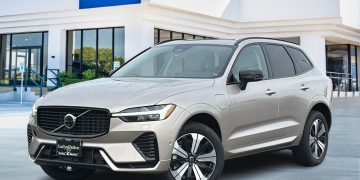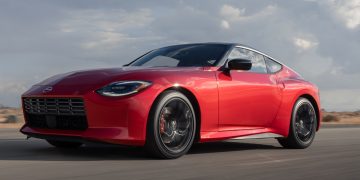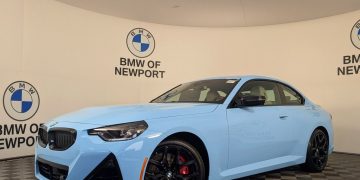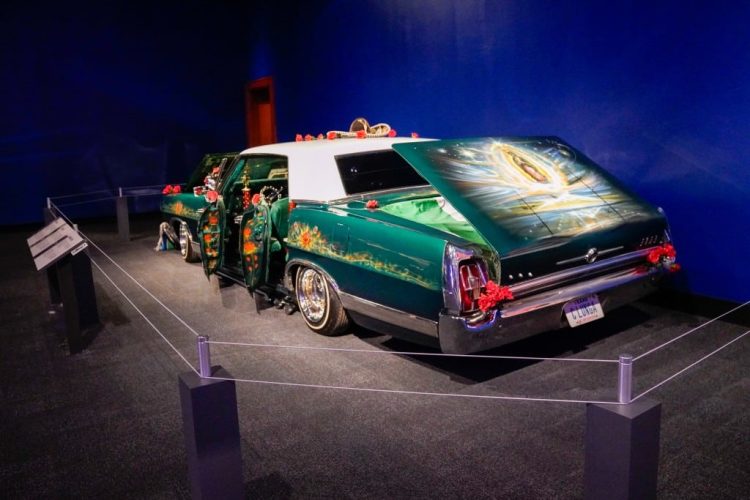Historical Overview
Car culture, as we know it today, didn’t evolve overnight. It’s been shaped by social, economic, and technological shifts over more than a century. The story begins in the early 1900s when the first automobiles were a luxury item, reserved for the wealthy few. Before Henry Ford’s revolutionary Model T, automobiles were seen as impractical and prohibitively expensive for most people. However, Ford’s introduction of mass production techniques in 1908 forever changed the automotive landscape.
At the beginning of the 20th century, cars were still new and relatively rare. They were mostly hand-built and customized, and their high cost limited their owners to only the affluent. But with the advent of mass production, cars began to trickle down to the middle class. Ford’s Model T, which sold at a price most families could afford, became a symbol of progress and freedom. As the price of automobiles dropped, more and more people were able to own one, which led to a transformation in both the economy and society.
In the 1920s, automobiles began to influence the way people lived and worked. The automobile allowed for greater mobility, enabling people to travel greater distances for work and leisure. This newfound mobility led to the creation of suburbs, and the growth of industries related to the car, such as gas stations and motels. With car ownership, people were able to live further from their places of work, increasing the demand for infrastructure, such as roads and highways, to accommodate the growing number of vehicles on the road.
After World War II, car culture truly exploded. The post-war boom saw a rise in the popularity of cars as symbols of personal success and freedom. Automakers like Chevrolet, Ford, and Chrysler began producing vehicles that were not only functional but also stylish and aspirational. The car had become more than just a means of transportation; it was a reflection of personal identity and a statement of social status. The 1950s marked the beginning of the golden age of American car culture, with iconic models like the Chevrolet Corvette and Ford Thunderbird becoming symbols of cool and success.
As the years passed, the 1960s and 1970s saw a shift in the automotive industry toward more fuel-efficient cars, as concerns over gas prices and the oil crisis began to grow. However, the muscle car era, which emerged in the 1960s, left a lasting mark on car culture, with powerful engines and bold designs symbolizing freedom and rebellion. The rise of the “counter-culture” movement during this time also embraced the automobile as a symbol of individualism and non-conformity.
The 1980s and 1990s brought a new era of technological advancements in automobiles, such as the introduction of airbags, anti-lock brakes, and more efficient engines. At the same time, the rise of foreign automakers like Japan’s Toyota and Honda challenged the American dominance in the automotive industry. Japanese cars became synonymous with reliability, fuel efficiency, and value, while American automakers began to focus on performance and style once again. The end of the 20th century marked the beginning of a new phase in car culture: the merging of technology with style, fuel efficiency with performance.
In the 21st century, car culture has been shaped by a new set of challenges and opportunities. Environmental concerns, the rise of electric vehicles (EVs), and a growing emphasis on sustainability have led to the evolution of car designs. Today, consumers are increasingly aware of the environmental impact of their choices, and manufacturers are responding by producing more fuel-efficient and eco-friendly vehicles. Companies like Tesla have ushered in the era of electric cars, and autonomous driving technology is on the horizon, further revolutionizing the automotive landscape.

Cultural Influence
As automobiles became more widespread in the 20th century, they began to influence not only the way people lived but also the way people expressed themselves. Cars became symbols of status, freedom, and personal identity, making their way into films, music, fashion, and even politics. Car culture grew into a global phenomenon that transcended national boundaries and became a vital part of pop culture.
One of the most significant ways cars influenced culture was through Hollywood films. From the 1950s to the present day, cars have been featured as central elements in many iconic films. The most famous example of this is perhaps the “Fast & Furious” franchise, which focuses on street racing and car culture. Movies like “American Graffiti,” “The Graduate,” and “Easy Rider” helped to define the car as a symbol of rebellion and freedom. In these films, cars represented the desires and dreams of a generation, serving as extensions of the characters’ personalities and aspirations.
In addition to movies, cars have also played a significant role in music culture. The 1960s and 1970s saw a blossoming of car-related songs in rock and roll, with hits like “Little Deuce Coupe” by the Beach Boys and “Mustang Sally” by Wilson Pickett. These songs celebrated the automobile as an object of desire and a symbol of the open road. The car became a central figure in American rock and roll, evoking themes of youth, rebellion, and freedom. Even today, car-related songs remain a staple of pop culture, with modern hits like “Drive My Car” by The Beatles and “Cars” by Gary Numan continuing to celebrate the car as an icon of modern life.
The influence of cars is also apparent in the fashion world. The image of the car as a symbol of coolness and sophistication has made its way into fashion, particularly with the rise of youth culture in the 1950s and 1960s. The “greaser” style, popularized by the movie “Grease,” was heavily influenced by the car culture of the time, with leather jackets, slicked-back hair, and muscle cars becoming synonymous with the era’s fashion. Today, the connection between car culture and fashion continues, with luxury brands like Mercedes-Benz and Ferrari collaborating with high-end fashion designers to create exclusive lifestyle collections. Car brands have become a part of the fashion landscape, symbolizing both elegance and power.
Cars have also played a central role in shaping the way we think about freedom and mobility. The automobile has long been seen as a means to escape the confines of everyday life and explore new possibilities. For many, the car represents personal freedom—the ability to go wherever and whenever they want. This idea has been reinforced through car commercials and advertisements, which often portray cars as gateways to adventure, success, and individuality. The notion of “the open road” has become a key element in the American dream, with cars serving as vehicles for both physical and metaphorical journeys.
Finally, the automobile has also had a profound impact on politics and social movements. The 1960s civil rights movement, for example, saw the car used as a tool for protest and resistance. The Freedom Riders used buses and cars to challenge segregation, while other activists took to the streets in their cars to demand change. The car became a symbol of resistance to oppressive systems and a means to fight for equality and justice. Today, the environmental movement continues to use the automobile as a battleground, with activists advocating for greener, more sustainable cars in response to climate change.
Conclusion
From the early days of mass production to the age of electric cars and autonomous vehicles, car culture has undergone a remarkable transformation. What began as a luxury item for the rich has evolved into a global phenomenon that influences nearly every aspect of society. Cars are no longer just a means of transportation; they are symbols of freedom, rebellion, success, and personal identity. As we look to the future, it’s clear that car culture will continue to evolve, driven by new technologies, environmental concerns, and shifting cultural values. Whether it’s the rise of electric vehicles or the dream of autonomous cars, the evolution of car culture is far from over—and its impact on our lives will continue for generations to come.


































Discussion about this post